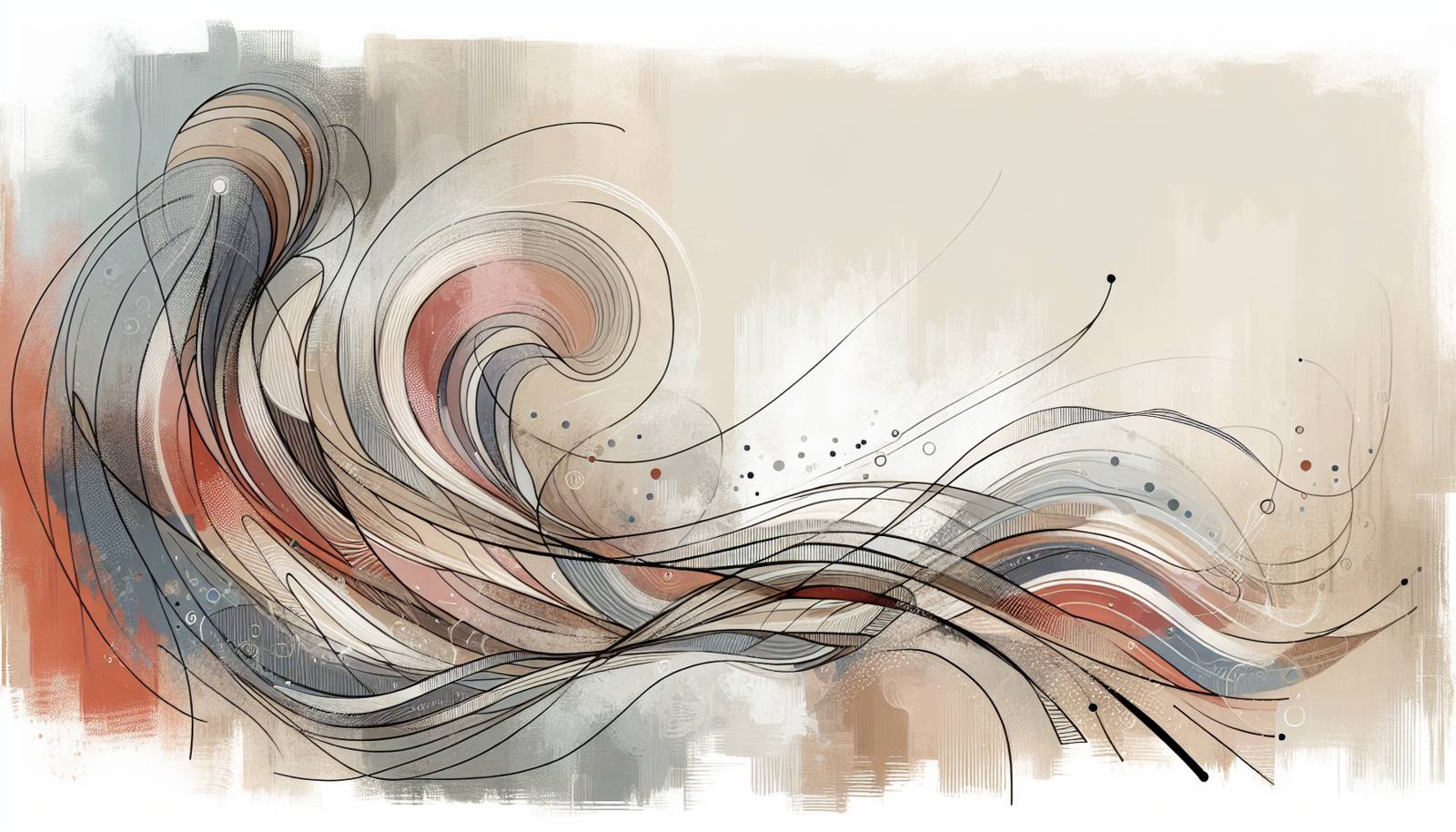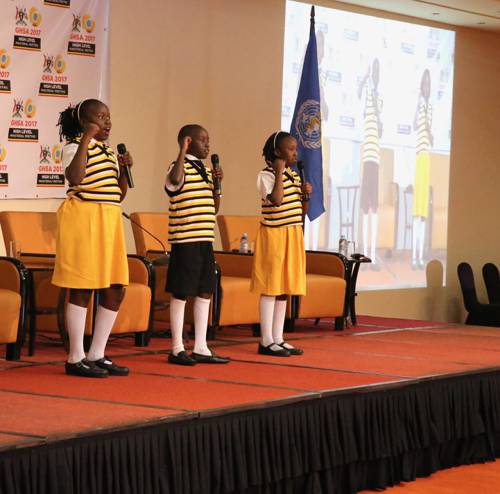
FAQ About The Role of Performance Poetry in Contemporary Art

What is performance poetry?
Performance poetry is a form of literary art where poetry is not just written but also performed in front of an audience. It emphasizes the auditory and expressive aspects of poetry, differing from traditional print poetry by focusing on performance elements such as voice, gestures, and sometimes multimedia to enhance the audience's experience.

How does performance poetry differ from traditional poetry?
While traditional poetry often prioritizes written words and their meanings, performance poetry involves live recitation that brings the text to life through vocal delivery, physical gestures, and other performance art techniques. It is an ephemeral art form that can incorporate elements like music, dance, and visual arts to broaden its impact.

What role does performance poetry play in contemporary art spaces?
Performance poetry acts as a bridge between literary and visual/auditory arts in contemporary spaces. By integrating dynamic performance with poetic content, it challenges and expands the boundaries of both the written word and performance art. It often serves to engage audiences more directly and emotionally than static art forms, making it a popular choice for art installations, festivals, and cultural events.

How has performance poetry impacted audiences?
Performance poetry has a profound impact on audiences by creating an immersive experience that engages multiple senses. Its dynamic nature can evoke strong emotions, provoke thought, and encourage dialogue among audience members. This form of poetry often addresses contemporary issues, allowing poets to voice their perspectives and engage audiences in meaningful discussions.

Can performance poetry include multimedia elements?
Yes, performance poetry frequently incorporates multimedia elements such as music, video projections, lighting, and other forms of visual art. These elements serve to enhance the performance, allowing poets to create more complex and layered presentations that can deeply resonate with audiences.

What skills are essential for a performance poet?
Performance poets need a combination of literary and performance skills. Literary skills involve writing compelling and evocative poetry, while performance skills include vocal projection, timing, expression, and connecting with the audience. Experience with other art forms, such as theater or music, can also be beneficial.

What are common themes explored in performance poetry?
Performance poetry often explores themes of social justice, identity, politics, love, and human emotions. Due to its performative nature, it can directly engage with and comment on current events and cultural issues, making it a powerful tool for activism and education.

Why is performance poetry gaining popularity today?
Performance poetry is gaining popularity due to its accessibility and the way it resonates with contemporary issues. In a digital age, the spoken word can break through the noise, providing a raw and impactful way to communicate stories and emotions. The interactive and engaging nature of live performances appeals to audiences seeking more profound connections to art and its creators.

How can someone learn to become a performance poet?
Aspiring performance poets can start by writing poetry and practicing recitations to develop their own unique voice and style. They might attend or participate in open mics, join poetry groups, and study other poets to improve their craft. Online courses, workshops, and tutorials on spoken word and performance techniques are also valuable resources.

What is the historical background of performance poetry?
Performance poetry has roots in various oral traditions, including African griots, Gaelic bards, and ancient Greek epics. Its modern form has been influenced by movements such as the Harlem Renaissance, Beat Poetry, and hip-hop culture, each contributing to its evolution as a vibrant form of artistic expression.

Where can performance poetry be experienced today?
Performance poetry can be experienced in a variety of settings, including poetry slams, open mics, literary festivals, and cultural events. It often appears in venues dedicated to arts and culture like theaters, cafes, and universities. The internet has also allowed performance poetry to reach global audiences through platforms such as YouTube and social media.

How does performance poetry engage with contemporary issues?
Performance poetry often engages with contemporary issues by directly addressing them through the spoken word. Poets use this platform to spotlight social justice issues, cultural identity, and political matters, often drawing from personal experiences to educate and inspire audiences while fostering social change.

What impact does the audience's presence have on a performance poet's delivery?
The presence of an audience greatly influences a performance poet's delivery, as it can energize the performance and create a reciprocal interaction. Poets often adapt their performances based on audience reactions, which can include changes in tone, pacing, or emphasis to maintain engagement and emotional impact.

Is there a difference between slam poetry and performance poetry?
While slam poetry is a subset of performance poetry, not all performance poetry is slam poetry. Slam poetry typically involves competitive events where poets perform their work within a set time limit, often judged by audience members. Performance poetry, on the other hand, is broader and includes any poetry presented for live audiences, whether competitive or not.

Can performance poetry be considered a form of activism?
Performance poetry is often seen as a form of activism due to its powerful ability to bring attention to social and cultural issues. By using their voices, poets challenge societal norms, inspire change, and offer new perspectives, making the art form a valuable tool for advocacy and social justice.

How have digital platforms influenced performance poetry?
Digital platforms have significantly expanded the reach and influence of performance poetry by allowing poets to share their work with a global audience without needing a physical venue. Platforms like YouTube, online poetry forums, and social media provide spaces for poets to publish performances, collaborate, and connect with fans worldwide.

What is the significance of live recitation in performance poetry?
Live recitation is central to performance poetry because it transforms the written text into an interactive experience. The poet's delivery— including voice modulation, facial expressions, and body language—brings deeper meanings and emotions to the poem, making it more impactful for the audience.

How does performance poetry contribute to a diverse cultural landscape?
Performance poetry enriches the cultural landscape by providing a platform for a wide range of voices and perspectives. It empowers individuals from diverse backgrounds to share their stories and insights, fostering understanding and empathy among audiences and contributing to a richer, more inclusive arts scene.

What are some famous examples of performance poets or performances?
Famous performance poets include Saul Williams, known for his powerful and politically charged performances, and Sarah Kay, a renowned spoken word poet and founder of Project VOICE. Significant performances that have gained wide attention include Maya Angelou's recitation of 'On the Pulse of Morning' at President Clinton's inauguration, showcasing the influence and reach of performance poetry.
